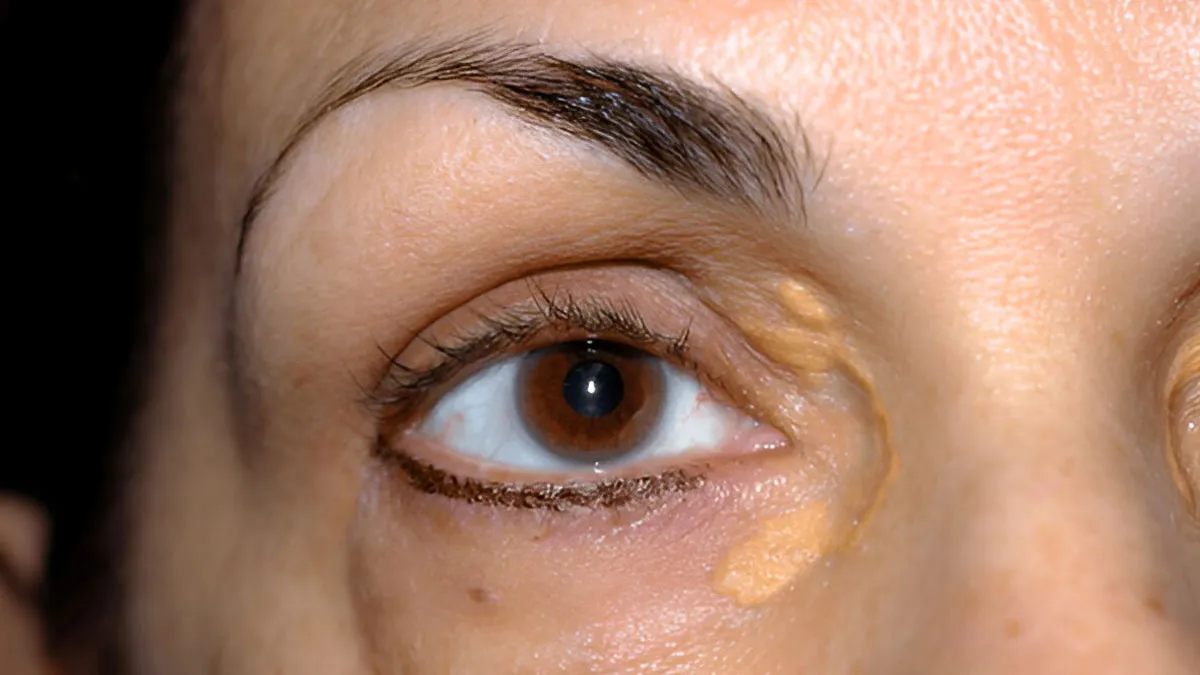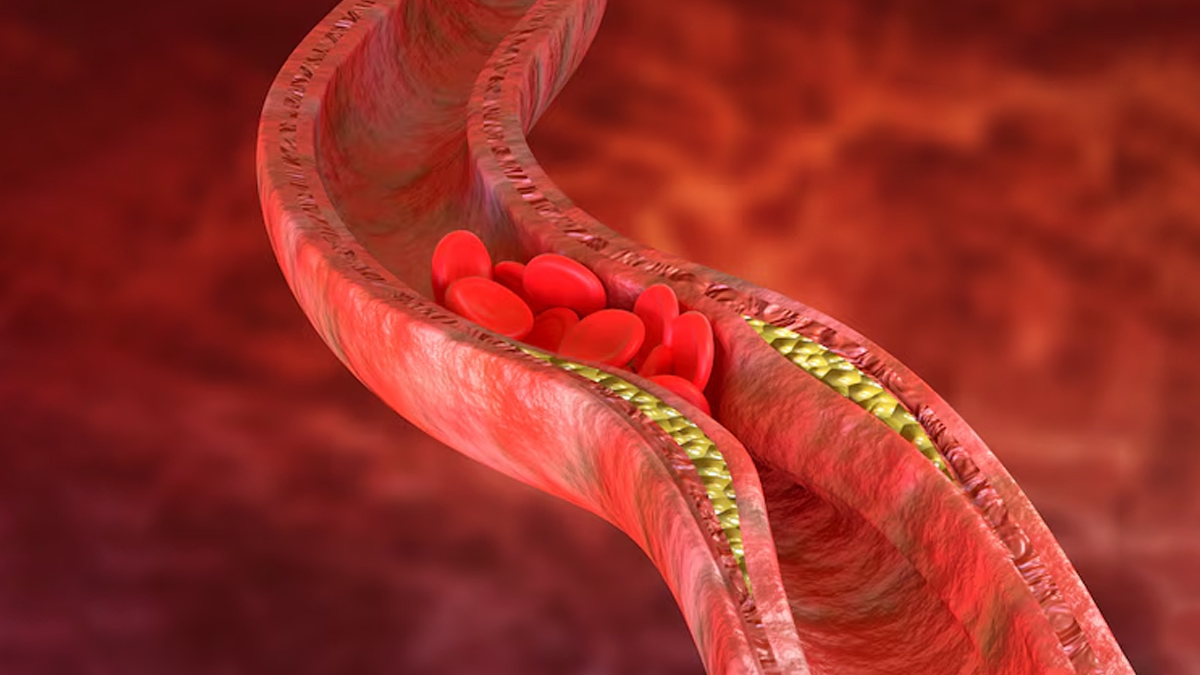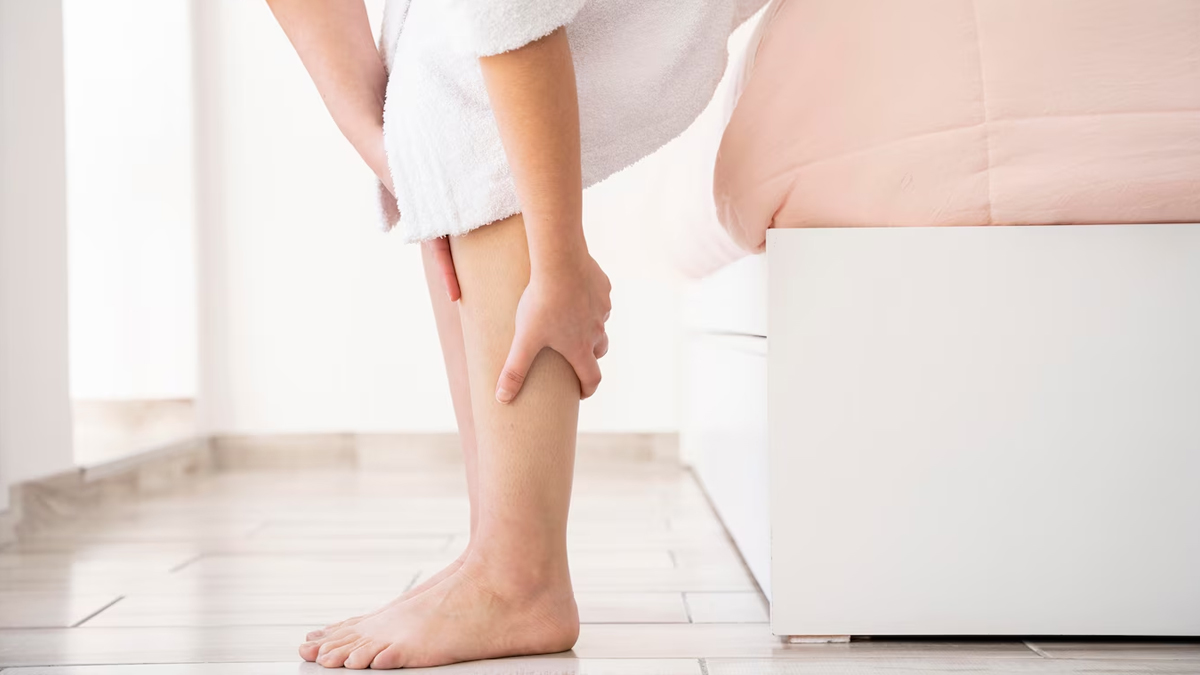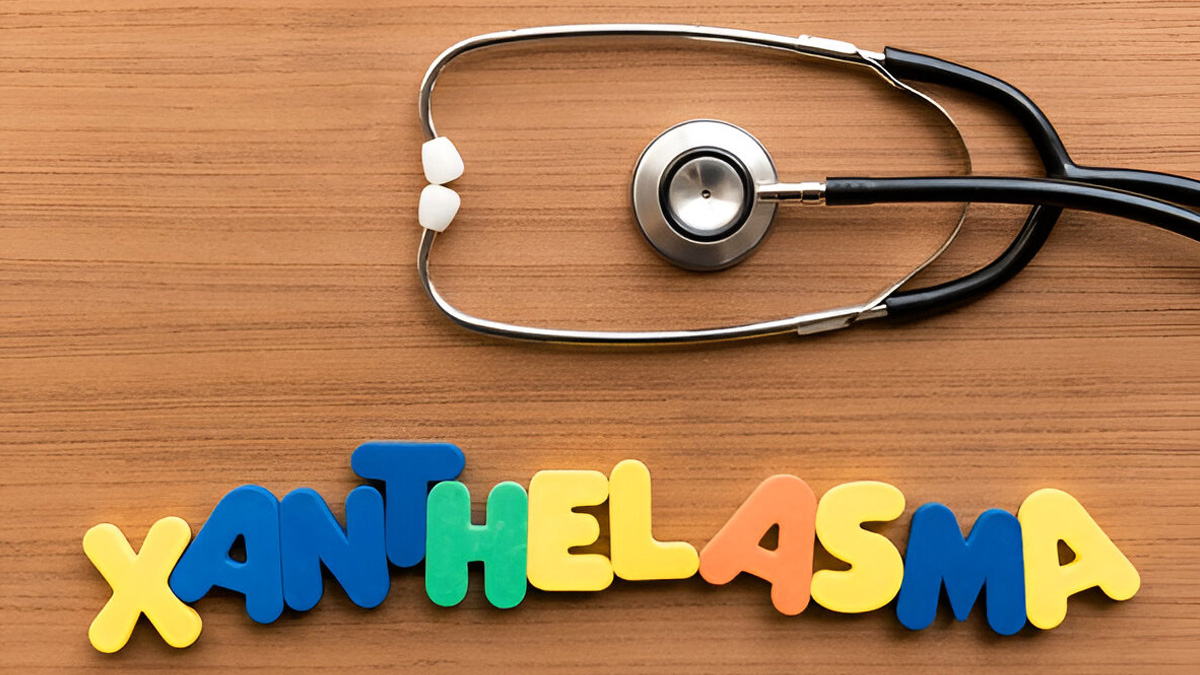
When we hear of cholesterol, we don't usually see it in a positive light. However, it isn't always bad. 'Good' cholesterol, also known as High-Density Lipoprotein (HDL) cholesterol, is said to support heart health and reduce the risk of Cardiovascular Diseases (CVDs). On the other hand, it is the Low-Density Lipoprotein (LDL) cholesterol that is considered 'bad' for health. High LDL cholesterol is said to increase the risk of heart disease, as it can lead to plaque buildup in the arteries, which narrows them down, restricting blood flow and potentially leading to serious health issues like heart attacks and strokes.
Table of Content:-
There are many ways high cholesterol levels can affect different parts of the body. You will be surprised to learn of the wide-ranging issues and symptoms. In a conversation with the OnlyMyHealth team, Dr M Sai Sudhakar, Director, Cath Lab, Chief Interventional Cardiologist, Chief Cardiac Transplant Physician, Gleneagles Hospital, Lakdi Ka Pul, Hyderabad, sheds light on the same.
Also Read: Dietitian Shares 5 Drinks To Lower Cholesterol
How High Cholesterol Affects The Body

As discussed, high cholesterol leads to the accumulation of fatty deposits (plaques) in the arteries, a condition known as atherosclerosis. "Over time, this narrows the arteries, reduces blood flow, and increases the risk of serious cardiovascular conditions such as heart attack, stroke, and Peripheral Artery Disease (PAD)," Dr Sudhakar explains.
He further adds that the reduced oxygen supply can impact multiple organs, including the heart, brain, eyes, and the extremities.
Common contributing factors include unhealthy lifestyle habits like eating foods rich in saturated fat and trans fat, low in fibre and total calories. Smokers and those who consume excessive alcohol remain at risk too. A sedentary lifestyle can further increase the risk.
Body Parts That Can Signal High Cholesterol
Eyes
High cholesterol can lead to yellowish fatty deposits around the eyelids, also known as xanthelasma, and a greyish-white ring around the cornea (arcus senilis). “They result from lipid deposits in the skin, and, while not harmful themselves, they often point to an underlying lipid imbalance and cardiovascular risk,” explains Dr Sudhakar. According to StatPearls Publishing, the prevalence of xanthelasma is 1.1% in women and 0.3% in men. Although this condition can appear in adults between the ages of 20 and 70, research suggests that it is most frequently observed between the ages of 35 and 55.
Feet and ankles

Coldness, numbness, cramps while walking (intermittent claudication), or slow-healing wounds in the feet and ankles can suggest poor circulation due to PAD caused by cholesterol build-up. This occurs when cholesterol plaques restrict circulation to the lower limbs. It is important to watch out for any pain or discomfort, changes in skin colour or texture, and potential swelling. In severe cases, it may lead to non-healing ulcers or even gangrene.
Hands and fingers
Tingling or coldness in the extremities may reflect narrowed arteries and compromised blood flow.
Chest
Chest pain or tightness (angina) can result from reduced blood flow to the heart muscles, often due to high LDL cholesterol and blocked coronary arteries. It is one of the most common symptoms of heart diseases like heart attacks.
Skin
Fat-filled bumps under the skin can appear on tendons, elbows, knees, or buttocks, often indicating extremely high cholesterol or inherited lipid disorders.
Also Read: Cold Hands: Sign Of High Cholesterol?
Signs To Seek Medical Help

According to Dr Sudhakar, it is crucial to consult a doctor when you have:
- Yellowish patches near the eyes
- Persistent coldness, numbness, or cramps in limbs
- Skin ulcers or wounds that heal slowly
- Lumps or growths on tendons or under the skin
- Unexplained chest pain or tightness
Conclusion
If left untreated, it can affect your body in different ways. From your eyes and extremities to your skin, elevated cholesterol levels can cause discomforting symptoms throughout the body. The good news is that the condition is generally manageable with healthy lifestyle changes like eating a balanced diet, exercising regularly, quitting smoking, and limiting alcohol consumption. If symptoms appear, do not hesitate to get a test and consult a medical professional.
Also watch this video
Read Next
Flush Out The Risk: Expert Explains How Clean Toilets Prevent More Infections Than Most Medicines
How we keep this article up to date:
We work with experts and keep a close eye on the latest in health and wellness. Whenever there is a new research or helpful information, we update our articles with accurate and useful advice.
Current Version